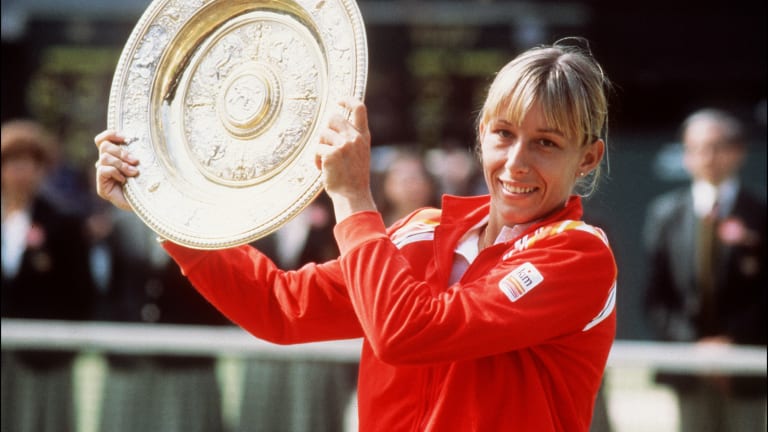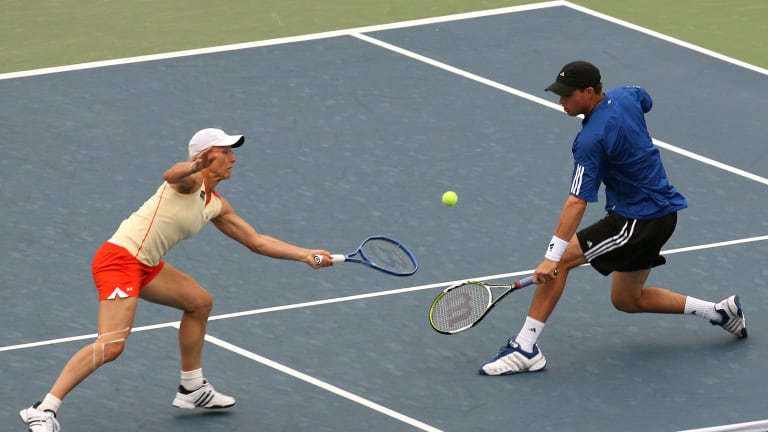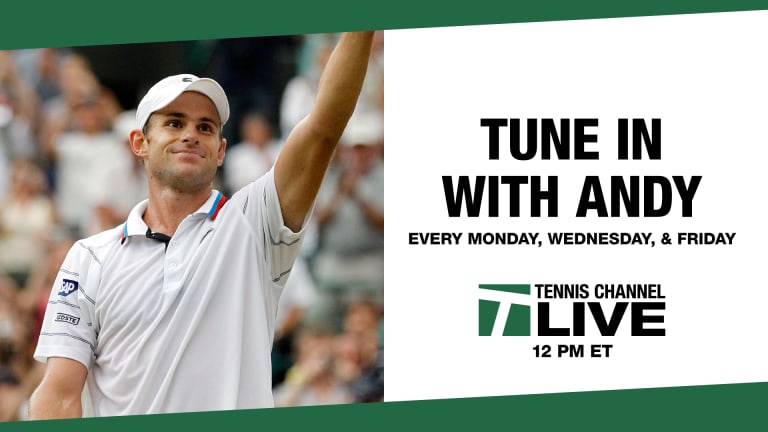A celebration of Martina Navratilova’s multifaceted legacy
By Apr 01, 2020Doubles Ranking Reaction
Katerina Siniakova clinches year-end No. 1 doubles ranking for fifth time in career
By Nov 06, 2025Social
Martina Navratilova joins Florida Panthers' Stanley Cup celebration (again!)
By Jun 22, 2025Roland Garros
Iga Swiatek is more Chris Evert than Rafael Nadal...and more we learned from Martina Navratilova
By May 22, 2024WTA Finals
Ambassador responds to call by Evert and Navratilova to keep women's tennis out of Saudi Arabia
By Jan 30, 2024US Open
What are the chances Novak Djokovic and Carlos Alcaraz duel at the US Open?
By Aug 26, 2023Facts & Stats
High five! Marketa Vondrousova becomes fifth lefty to win Wimbledon women's singles title
By Jul 15, 2023Social
Martina Navratilova honored by Czech parliament in Prague
By Jun 16, 2023Social
Martina Navratilova given golden racquet in Rome, gives emotional acceptance speech in Italian
By May 21, 2023Fifty Years of the WTA
Chapter 3: Fellow Hall of Famers Tracy Austin and Pam Shriver reflect on their rivalries with Chris Evert and Martina Navratilova
By Mar 27, 2023A celebration of Martina Navratilova’s multifaceted legacy
Above all else, Navratilova should be lauded for her unwavering integrity and steadfastly standing up for her beliefs. Tennis is better for it.
Published Apr 01, 2020
Advertising

A celebration of Martina Navratilova’s multifaceted legacy
© AFP via Getty Images
Advertising

A celebration of Martina Navratilova’s multifaceted legacy
© Getty Images
Advertising

A celebration of Martina Navratilova’s multifaceted legacy